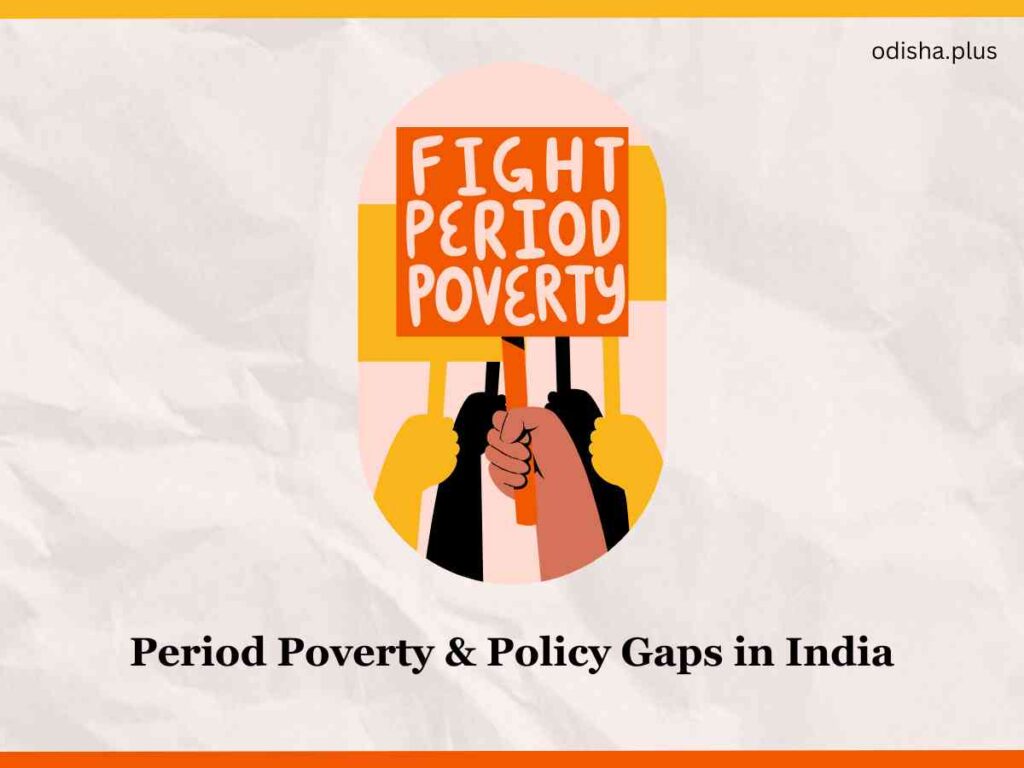Addressing period poverty is essential for empowering women & girls, as it directly influences their educational & economic opportunities while highlighting the urgent need for comprehensive policy reforms
Dr Bineetha P Bose

As the world marks Women’s Day, it is crucial to address the economic and policy barriers surrounding menstrual hygiene. While menstruation is a natural biological process, access to affordable and safe menstrual products remains a challenge, particularly among marginalized communities. Despite policy interventions such as the removal of the Goods and Services Tax (GST) on sanitary pads and the Menstrual Hygiene Scheme (MHS), structural barriers continue to impede Menstrual Health Management (MHM) in India.
Period poverty—the lack of access to menstrual products, proper sanitation, and awareness—limits educational and professional opportunities for women and girls. Additionally, disposable sanitary products contribute to significant environmental waste, underscoring the need for sustainable alternatives such as menstrual cups and cloth pads.
Economic Burden of Menstrual Hygiene
The cost of menstrual products places a financial strain on low-income households, while inadequate sanitation facilities in schools and workplaces lead to increased absenteeism and reduced productivity. According to the National Family Health Survey (NFHS-5), only 64.4% of women aged 15-24 use hygienic menstrual protection, with significant rural-urban disparities.
The impact extends to education, where nearly 23% of girls drop out upon reaching puberty due to inadequate menstrual hygiene resources. In workplaces, many women in informal sectors lack access to clean restrooms, leading to missed workdays and financial losses. A study by the Population Foundation of India found that 40% of working women in low-income jobs reported missing work due to menstrual-related challenges.
Poor menstrual hygiene is also linked to health issues, including urinary tract infections (UTIs) and reproductive complications. Additionally, disposable sanitary products generate millions of tons of non-biodegradable waste annually, raising environmental concerns.
Impact on Education and Workforce Participation
The lack of menstrual hygiene products and sanitation facilities has a direct impact on educational and economic participation. Studies indicate that nearly 23% of girls drop out of school upon reaching puberty, primarily due to inadequate menstrual hygiene management (Dasra, 2021). Among those who continue schooling, one in five girls misses school during menstruation, resulting in learning gaps and decreased academic performance. A UNICEF study found that only 53% of government schools have functional girl-friendly toilets, further exacerbating absenteeism.
This exclusion extends beyond schools and into the workforce. Many women in informal labor sectors, such as agricultural and factory workers, lack access to clean restrooms, forcing them to take leave during menstruation. A survey by the Population Foundation of India found that nearly 40% of working women in low-income jobs reported missing work due to menstrual discomfort and lack of facilities. Such absenteeism has direct economic consequences, leading to lost wages, reduced productivity, and lower long-term earnings. In male-dominated industries, the stigma surrounding menstruation discourages workplace discussions about improving menstrual hygiene infrastructure, further marginalizing women workers.
The economic impact of lost productivity due to poor menstrual hygiene is substantial. A World Bank estimate suggests that gender-based exclusions, including menstrual-related absenteeism, cost the Indian economy nearly $100 billion annually. Addressing menstrual hygiene through policy interventions could contribute to closing the gender gap in labor force participation, which currently stands at a mere 24% in India (ILO, 2023).
Sustainable Solutions: Menstrual Cup Distribution Programs
Menstrual cups provide a cost-effective and eco-friendly alternative, lasting 5-10 years and reducing long-term expenses. However, cultural stigma, lack of awareness, and limited distribution hinder widespread adoption. Government and NGO-led initiatives promoting menstrual cups have shown positive outcomes. Tamil Nadu’s menstrual cup distribution scheme and NGO-led programs have improved menstrual hygiene management while reducing long-term costs and environmental impact.
Policy Recommendations
To ensure menstrual equity, policymakers must:
- Expand Government Schemes – Extend MHS to include all age groups and promote sustainable alternatives like menstrual cups and cloth pads.
- Subsidize Menstrual Products – Integrate affordable menstrual products into public healthcare programs.
- Strengthen Education and Awareness – Implement comprehensive menstrual health education in schools and public health campaigns.
- Improve Sanitation Infrastructure – Ensure schools, workplaces, and public spaces have adequate hygiene facilities.
- Encourage Corporate Responsibility – Promote menstrual hygiene initiatives within Corporate Social Responsibility (CSR) programs.
Conclusion
Menstrual hygiene is not just a health necessity but a fundamental aspect of gender equality and economic inclusion. Addressing period poverty through policy reforms, funding, and sustainable solutions will benefit education, workforce participation, and public health. As India moves towards gender-inclusive development, menstrual equity must remain a priority. Let’s commit to breaking the cycle of period poverty and ensuring that menstrual hygiene is no longer a barrier to dignity and opportunity.
(Dr Bineetha P Bose is an Assistant Professor, Economics Dept at Christ University, Bangalore. Views expressed are personal).

























Hi,
US government funding to help improve health and catalyze economic and social development in low-income countries has stopped making its way to communities that use it to better their lives.
But the needs those funds met have not ended. This includes something often taken for granted in developed countries—access to reasonably priced (or even no-cost) menstrual products.
In Tanzania and Uganda, these products can be very expensive, putting them out of reach for many school aged girls. In many communities, menstruation is stigmatized. Evidence of it can result in shaming. This impacts confidence and self-esteem and participation in education and extracurricular activities.
In response, girls whose families cannot afford menstrual products can miss several days of school each month. This contributes to poor academic performance and reinforces gender disparities, which in turn limit girls’ opportunities and future incomes.
World Neighbors, an international development organization that has long relied almost exclusively on private funding, helps girls and their families address this and other challenges through school health clubs. These clubs learn about and discuss menstruation, family planning, communicable diseases and more. Through them, girls obtain reusable sanitary pads. These are low-cost and environmentally friendly alternatives to disposable pads. Reusable pads can last up to two years, which reduces the financial burden on families.
Most important, reusable pads enable girls to stay in school throughout the month.
A rising tide lifts all boats. That truth has not been negated because of recent changes. Groups like World Neighbors continue to help communities lift themselves from poverty through better health, education, increased agricultural output and access to capital. Please contact me to learn more.
Best,
John